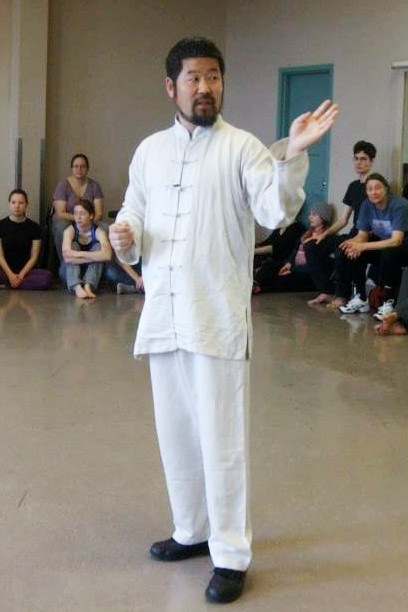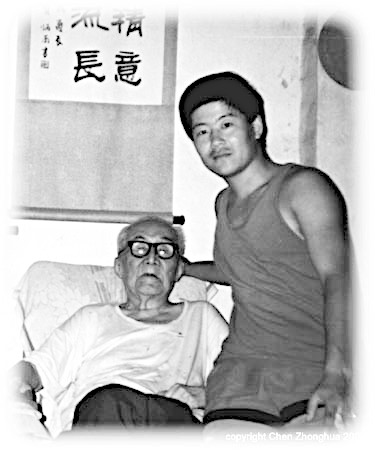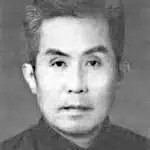 |
Disciples Rachelle B., James T., and Daniel M. once again orchestrated an exceptional Practical Method seminar in Ottawa. Participants from Ottawa, Toronto, Quebec City, Montreal, and Petawawa gathered to immerse themselves in the ancient art of Taijiquan, guided by the personal expertise of Master Joseph Chen. James has already shared a summary of this enriching event.
Over three intensive days, we explored every dimension of the Practical Method—delving into its theory, philosophy, and history, alongside rigorous training in Foundations, forms, and applications. Below are my personal reflections on this remarkable experience. |
Listen
The three-day seminar began with personalized one-on-one training sessions with Master Chen. I found these individual lessons quite intense, as they provided direct feedback on my Taiji progress from the teacher. Typically, students seek corrections in form or applications, but I chose instead to assess my understanding of the Practical Method with Master Chen. In preparation for my private lesson, I spent the preceding week reviewing my training routine and identifying areas where I had questions.
On a crisp autumn morning, I met Master Chen to begin my session. I started with my prepared speech:
“Master Chen, here is my understanding of the Practical Method. Training consists of Foundations, movement, and form. Foundations include the Positive Circle…”
I continued for another five minutes, carefully outlining my perspective. However, I soon realized that he remained silent, offering no response to my explanations. Feeling uneasy, I finally asked,
He simply smiled and said, “No.”
I hesitated, then asked,
“Not even,” he replied.
Frustration crept in. “Then what was wrong?” I asked, hoping for guidance.
“What you described is not what I told you,” he finally said.
Determined to understand, I pressed further.
He answered with a single word: “Listen…”
|
 |
Do you want to know a secret
Master Chen emphasized the concepts of “Don’t Move” (不动; Bù dòng) and “Really Don’t Move” (真不动; Zhēn Bù dòng) as fundamental principles in his Taijiquan training. Throughout his travels, both within China and internationally, he observed that other teachers did not use this explanation. Even his Taiji brothers, who trained under Master Hong and Master Feng, did not incorporate this expression into their practice.
 |
Master Chen recalls a time when he visited someone who used to watch Master Hong teach Taijiquan. Although this individual was not a Taiji practitioner, he frequently observed Master Hong’s classes in the park. As they reminisced about Master Hong, Master Chen casually mentioned that his own teaching approach was based on the concept of “Don’t Move.” To his surprise, the person responded that Master Hong often used the term “Don’t Move” in his teachings.
Master Chen was certain he had never heard Master Hong use that term. However, upon reflection, he acknowledged that he had developed a tendency to hear only what he wanted to hear. |
Do you promise not to tell
The principle of Taijiquan begins with a single dot (点, Diǎn). When two dots appear, they form a line (线, Xiàn). Along this line, two fundamental actions emerge: push and pull.

|
These actions are intrinsically linked, and their effect depends on the observer’s frame of reference.
|
This dynamic interplay of movement is at the heart of Taijiquan’s fluid philosophy, illustrating how perception shapes interaction.
According to Taoist philosophy, a rotating symmetrical object does not truly move. At first glance, this idea seems to contradict everyday observations. However, a deeper understanding emerges when we carefully examine the definitions of key terms.
A symmetrical object—such as a circle or a sphere—is, by definition, uniform in all directions. Rotation is the motion of an entire object around a fixed point, whether a center or an axis of rotation. From the perspective of points within the object, no movement occurs because the relationship between each point and its neighbor remains unchanged.
An external observer might argue that a specific position on the object shifts relative to the axis of rotation. However, from a Taoist perspective, this interpretation is flawed. Since a symmetrical object is identical at every point, rotation merely replaces each point with an indistinguishable equivalent. In this sense, no true movement occurs—only an illusion of change.
Closer
The principles of Taijiquan are embedded in every foundational technique and form. One such foundational technique, “Twist the Towel,” involves positioning one hand in front and the other behind. Each hand represents a distinct point, and as they move toward and away from each other, the student experiences the action of splitting—an essential movement that generates either a push or a pull along a defined line.
Similarly, in the exercise “Fetch Water,” this concept of splitting is applied along a forty-five-degree angle, further refining the practitioner’s understanding of balance and directional force.
Let me whisper in your ear
The same principles are present in application training, where you test your understanding of them through partner practice. Master Chen demonstrated a series of simple, progressive drills designed to illustrate the concept of “don’t move,” helping students develop deeper awareness and control.
The drills are structured as follows:
- Two participants (A and B) face each other. B grips A’s wrist while A moves his arms horizontally at a steady pace. B’s objective is to mirror A’s movements without losing grip. A provides feedback, ensuring B maintains tension only in the grip, avoiding unnecessary stiffness elsewhere. The goal for B is to establish a stable point of contact (the grip) on A, regardless of A’s movements.
- The same as Drill 1, but with vertical arm movement instead of horizontal.
- The same as Drill 1, but now A’s arm motion can move freely in any direction.
- The same as Drill 1, but now foot movement is allowed.
Throughout all drills, B must maintain a consistent grip and seamlessly match A’s actions.
I have always used the term “honest” to describe partner training, such as Push Hands. The only way for students to improve is for both participants to provide genuine, constructive feedback. This is why Master Hong emphasized that one of the key requirements of the Practical Method is sincerity in training.
Beyond technical skill, true progress in Taijiquan requires a supportive learning environment. As Master Hong writes:
|
 |
Through honest practice and mutual support, students refine their technique, deepen their understanding, and develop a stronger connection to the art.
Say the words you long to hear
 |
Master Hong emphasized the importance of learning with precision and dedication. He often said:
This philosophy aligns perfectly with Master Chen’s approach. |
He speaks directly, never straying from the principles, ensuring that his students receive clear, uncompromising instruction. His method demands attention to detail, reinforcing the idea that true mastery comes from careful observation and faithful practice.



{ 3 comments… read them below or add one }
Nice notes. I will try the exersize and keep the words of Hong in mind.
Great notes! I think all my lessons from Master Chen be summarized by “don’t move” then “really don’t move”. Each new lesson seems to be an increasing degree of don’t move.
Thank you very much for the explanations and the Daoist background and the respective points of reference! That helps a lot to understand better.